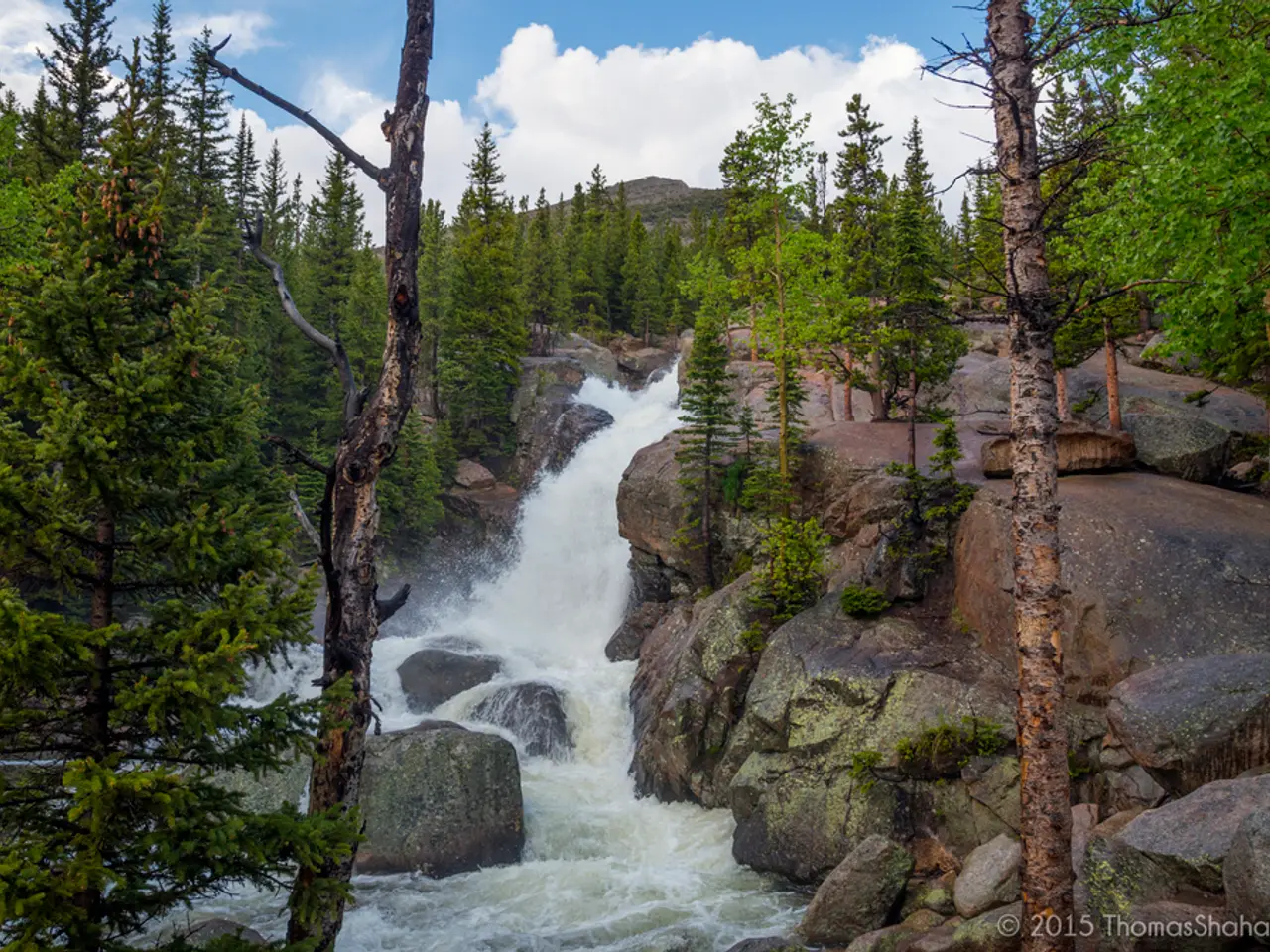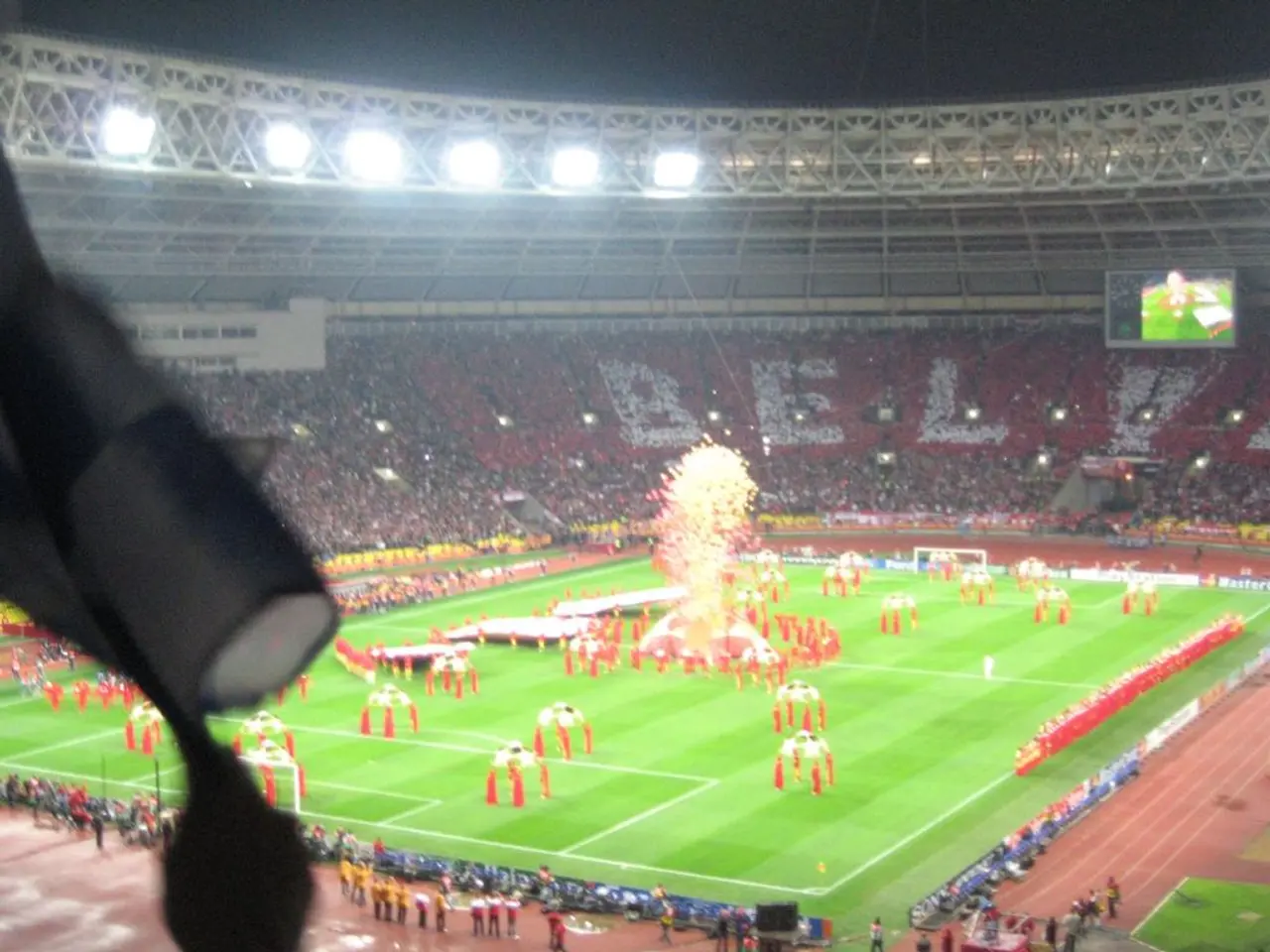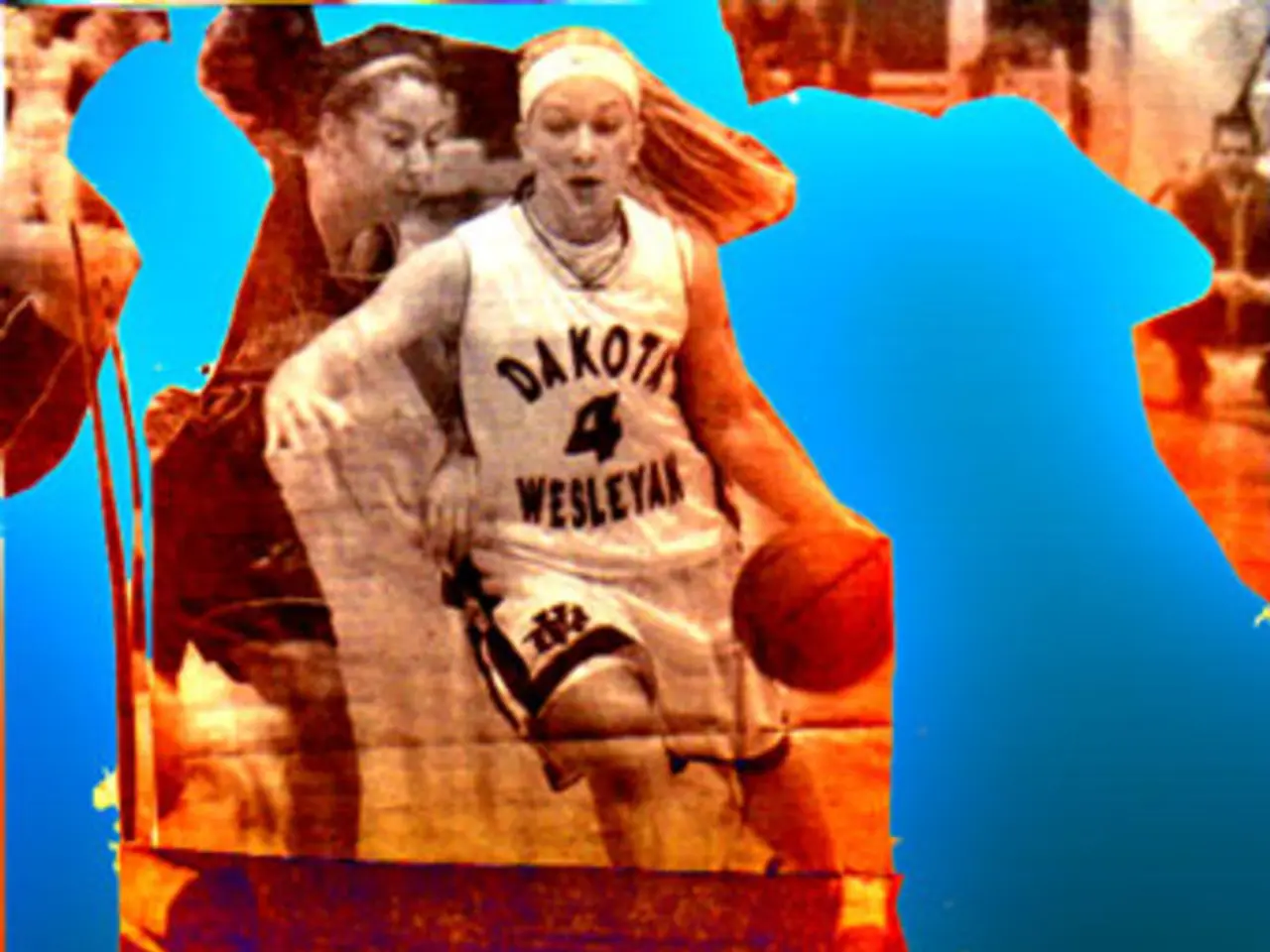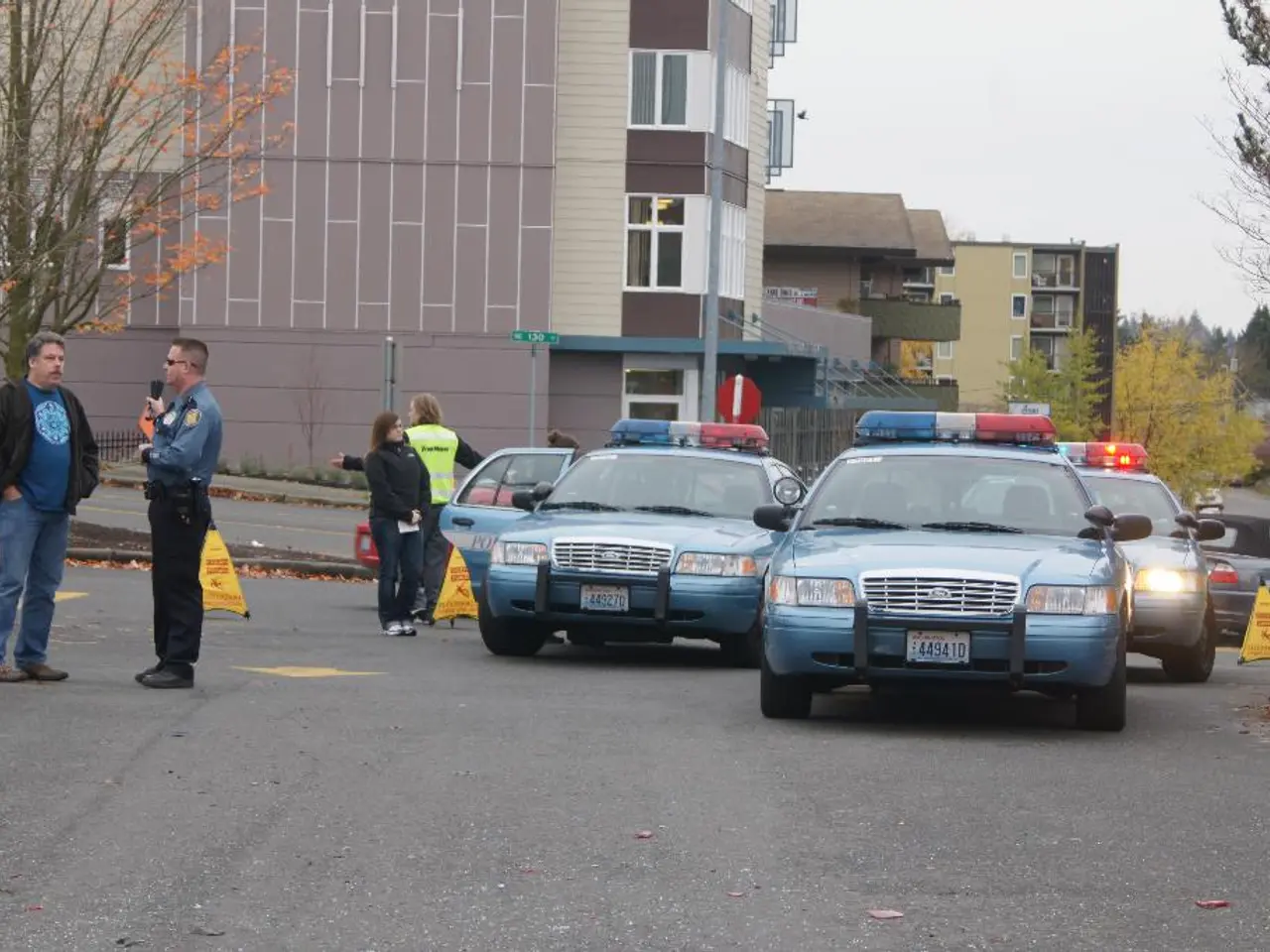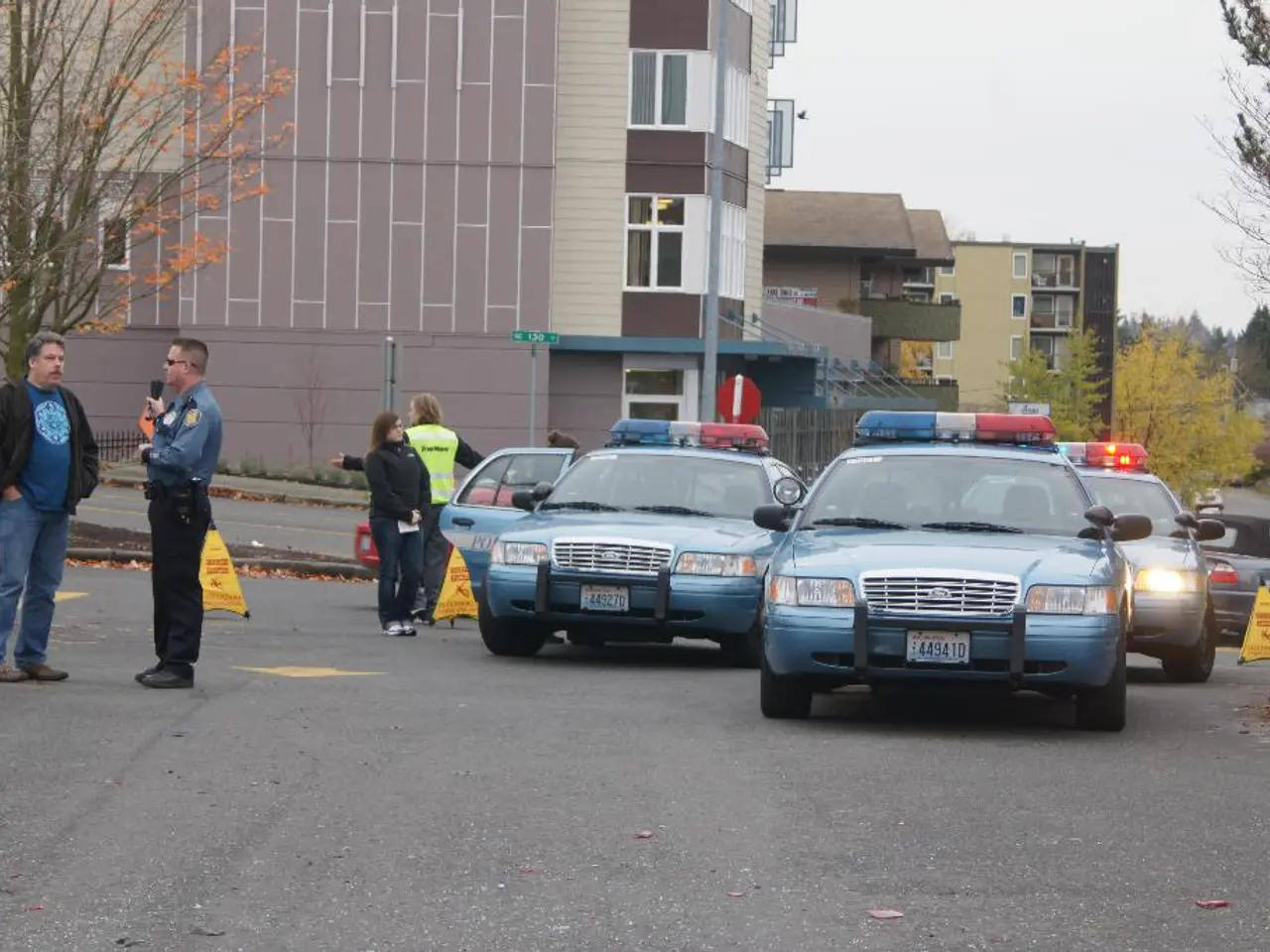K2 tragedy in 2008: A heart-wrenching episode in the annals of the world's second-tallest peak's history
===================================================================
In August 2008, the second highest peak on the planet, K2, known as the Savage Mountain for its objectively more dangerous reputation than Everest, witnessed a tragic mountaineering event. The 2008 K2 disaster resulted in the deaths of 11 climbers, making it the deadliest accident in K2's history.
The disaster unfolded amidst chaotic conditions on the upper slopes, particularly around the technical and dangerous area known as the Bottleneck. Fixed ropes, which climbers rely on for safety in steep sections, were missing or had been removed, leaving teams scattered and vulnerable. Several climbers fell to their deaths while attempting to descend, and rescue efforts were hampered by the difficult terrain and tangled ropes after accidents.
The circumstances leading up to the disaster included increasing disorganization among the climbing teams and deteriorating safety infrastructure high on the mountain. Sherpas made bold descents trying to rescue stranded climbers, but multiple falls and accidents ensued, worsening the crisis. The combination of severe technical difficulty, high altitude, and loss of safety ropes contributed heavily to the fatalities.
The Bottleneck, a steep, narrow couloir situated at around 8,200 meters, 400 meters below the summit, is the most dangerous part of the Abruzzi Spur route, the standard route up K2's summit. Among the hazards on K2 are massive overhanging seracs, blocks of glacial ice suspended above the slopes, which can trigger avalanches.
During the disaster, Hugues d'Aubarède died after rappelling off the end of his rope in the Bottleneck region. Gerard McDonnell's cause of death is contested, but it's possible he fell to his death after one of the serac collapses. Park Hyeong-hyo, Kim Hyo-gyeong, Hwang Dong-jin, and Jumik Bhote were swept away by the final serac fall. Karim Meherban's fate remains a mystery, but it's likely that he was killed by one of the collapsing seracs or suffered a fall. Dren Mandic died after falling over 100 meters in the Bottleneck, and Rolf Bae was killed when a serac fell during his descent on the Traverse.
Jehan Baig, a HAP from the French team, was found dead after behaving erratically and falling while trying to recover Mandic's body. 'Big' Pasang Bhote was swept away by the final serac fall while attempting to rescue the Korean team members and Jumik Bhote.
The events of the 2008 K2 disaster were dark even by K2's standards and involved a deadly combination of factors. Despite its reputation as the most beautiful mountain by mountaineers who have climbed both K2 and Everest, K2's second highest peak status comes with a price - a price that 11 international mountaineers paid during the first two days of August 2008.
- Despite the beauty of K2, frequently called the most beautiful mountain by climbers who have summited both K2 and Everest, its status as the second highest peak comes with a cost, as demonstrated by the sports-analysis of the 2008 K2 disaster.
- The chaotic conditions during the 2008 K2 disaster, including missing or removed fixed ropes in the technical and dangerous area known as the Bottleneck, highlighted the importance of thorough sports-analysis and safety measures for climbers.
